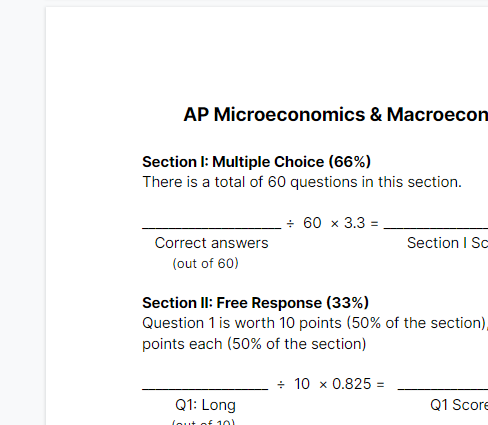Students who want to have a preview of the AP World History Exam
All levels
One-on-one and small group (Max. 7 students/class)
Class Introduction
Students have heralded my PowerPoint notes (more efficient and focused on the Key Concepts than any textbook), as well as my timeline review sheets for their success. In addition to the PowerPoint presentations I use, I provide detailed explanations of the concepts. For the lessons and notes I have planned, I made sure to include not only every single Key Concept, but I included ALL the suggested examples (figures, events, etc.) for each Key Concept, as well as some of my own.
For each week, I provide the lecture notes I use, as well as the summaries I use to guide my lectures—particularly for the more difficult concepts. Any PowerPoint slides I do not finish in class that day, I assign as a reading, and briefly cover them the next day before beginning the next lecture notes. Obviously, my explanations go beyond the simple slides, but that content is covered in my Lecture Explanations.
Key Vocabulary
Here are some key terms that students will use and need to understand in this class:
- Context – the scenario or setting for a story or event
- Social / Society – interaction of human social classes and gender
- Politics – government
- Economics – anything having to do with money, property, trade, or their systems
- Theology – study of religion / religious issues
- Philosophy – human outlooks and explanations for the purpose of life / the universe
- Culture – a unique mix of art, language, religion, and social interactions for a particular people or region
- State – can be used as a word for the government or a region inside a country
- Nationality – citizens of a particular country (not to be confused with ethnicity or race)
- Hierarchies – systems of rankings or dominance in the natural world and human society
Course Content
Topics covered in this class included but not limited to: AP World History Modern Essentials, Post-Classical Era Empire: Byzantine, Post-Classical China, Feudalism in Europe and Japan, Vikings, Mongols, European Renaissance, The Russian Empire, The Qing Dynasty, etc.
Feedback
Students and their parents will receive brief feedback after each class regarding the student’s general participation in class. Students will also receive feedback on graded assignments via email.
Schedule
10 group classes, 2 hours each, 20 hours in total














